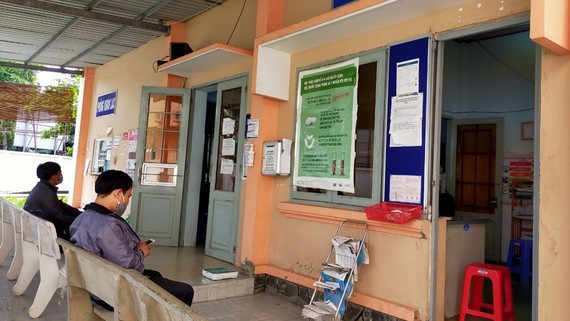
This reality has been taking place widely in South East region in Vietnam.
According to the Faculty for HIV/AIDS Prevention under the Center of Disease Prevention in the Southern Province of Ba Ria - Vung Tau, in 2011, gay and bisexual men made up 2.25 percent of the province’s total new HIV diagnosis , much lower than female sex workers ( with 4 percent) and drug addicts ( with 12 percent).
However, from 2015, the rate of Gay, bisexual, and men who have sex with men (MSM) with HIV/ AIDS jumped to 10 percent, doubling these two remaining groups. Worse, from 2018 till now, the proportion of MSM maintained high.
For instance, by October, 2020, Ba Ria - Vung Tau Province has 2,819 HIV-infected people including 156 new HIV infections. Of whom, 182 are MSM and 18 of them under the age of 18 and three of them below 15.
A social worker in Vung Tau City said that lately, the rate of MSM is always high and even it is trending upwards. From the beginning of the year, his group discovered additional 10 teenage MSM who are inclined to cover this; as a result, HIV/AIDS prevention work bumped into difficulty.
Meanwhile, the Center for Disease Control in the Southern Province of Binh Duong’s report has shown that 542 new HIV infections have been discovered in 8 months, a year-on-year increase of 18.3 percent. Half of 542 cases are MSM.
By October, 2020, approximately 3,939 HIV-infected people have been reported in Binh Duong Province. Critically, more young men aged from 15 to 25 have been infected wit the dangerous disease.
According to medical experts, lack of knowledge about HIV/AIDS and information among young people; therefore, they don’t know how to protect themselves. Secondly, experts said, increased susceptibility to crime, abuse, exploitation and discrimination for those living outside of (or with limited) family care and protection. Finally, experts said that pervasive stigma and discrimination against people at higher risk of HIV infection and people living with HIV nearly paralysed the AIDS response.
Assessing the spread of HIV in Ba Ria - Vung Tau Province, Head of the the Faculty for HIV/AIDS Prevention Dr. Nguyen Duy Minh said in the upcoming time, the health sector will increase spreading information of the disease to gradually reduce HIV rate in MSM. He advised people not to discriminate people with HIV.
























